Concept Theory
Valuable ideas are difficult things to have and even more difficult to judge. Which is why we developed Concept Theory, a formula for inventing and innovating, as well as a measurement criteria for judging the value of ideas.
Using tools and techniques from the business schools of Harvard, Stanford and NYU, and influenced by some of the world’s leading innovators and disruptors, our model adds value before, during or after any concept development phase.
The four pillars
Value Triangle – Framing
A simple culmination of the work of two of the most innovative thinkers of the last century. Clayton Christensen, Innovation theorist and Professor of Business Administration at Harvard Business School, and Russ Ackoff, the famous systems theorist who was Professor Emeritus of Management Science at the Wharton School, University of Pennsylvania.
The triangle uses Christensen’s ‘Jobs to be done’ theory, along with Ackoff’s definition of invention and innovation, to identify whether a concept has lasting value or short-term novelty. A very simple exercise at the outset of any program of change.
In(venturi) Model - Concepting
Our core invention and innovation model. We start by identifying the Job to be done, we then gather all important and useful information, and we analyse and interpret that information. Understanding it then allows us to connect the seemingly disconnected in a way that emerges as the solution to our problem (either an innovation or an invention), our hypothesis.
At this stage, we apply our MEME evaluation model, to validate our hypothesis, and once validated, we execute and deliver. At the end of this process we find real value. This process involves a broad toolkit across each stage.
Transference System – Reinventing
Reinventing can be a much harder process than inventing. You have to deconstruct before you can reconstruct. Our Transference approach to reinvention, reimagines the component parts of an organisation into a system of three interconnected elements.
A superstructure, which will mean something. An intrastructure, which will allow something. And an infrastructure, which will do something. Simplifying in this way lets you reimagine a business as if it were a startup, without losing any of the value of scale. A way to reinvent from within, with minimum cost and effort.
MEME evaluation - Evaluating
Our MEME model is a robust, risk mitigation process, designed to evaluate the potential for success of an invention or innovation. It combines tools and techniques for measuring value from the business schools of Harvard, Stanford and NYU, and is influenced by the investment philosophies of Ray Dalio (Bridgewater) Kevin Starr (Mulago Foundation), and Warren Buffet (Berkshire Hathaway).
This rapid, yet thorough assessment method, is designed to identify value as well as course correct unseen issues within any core concept.
The MEME model can validate a concept’s ‘investability’.
Example applications:
Agency and consultancy business modelling
Internal R&D or innovation team modelling
Both running and responding to pitches and RFI/P’s
Vocational education and academic IP generation
Entrepreneurial venture modelling
Value identification within investment businesses






